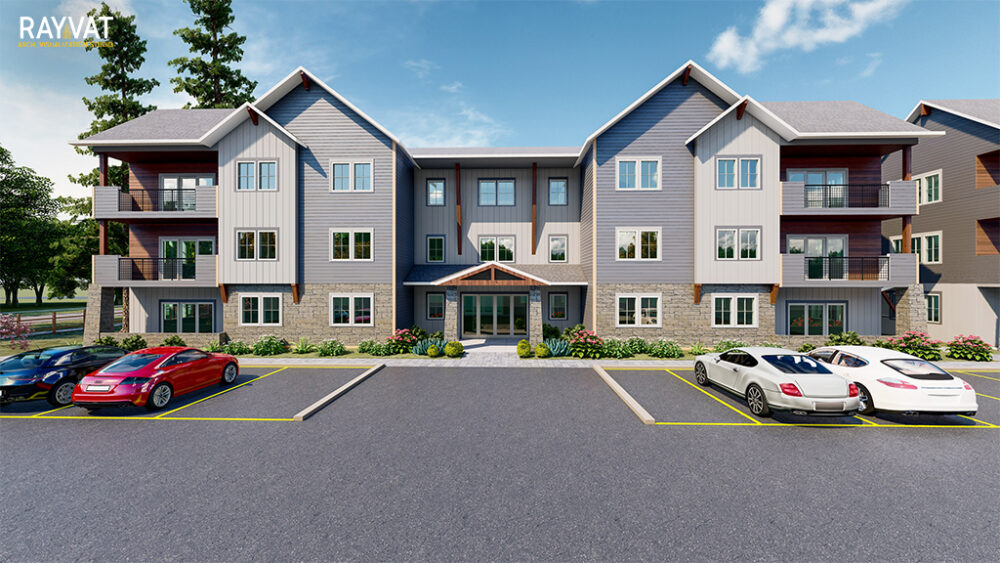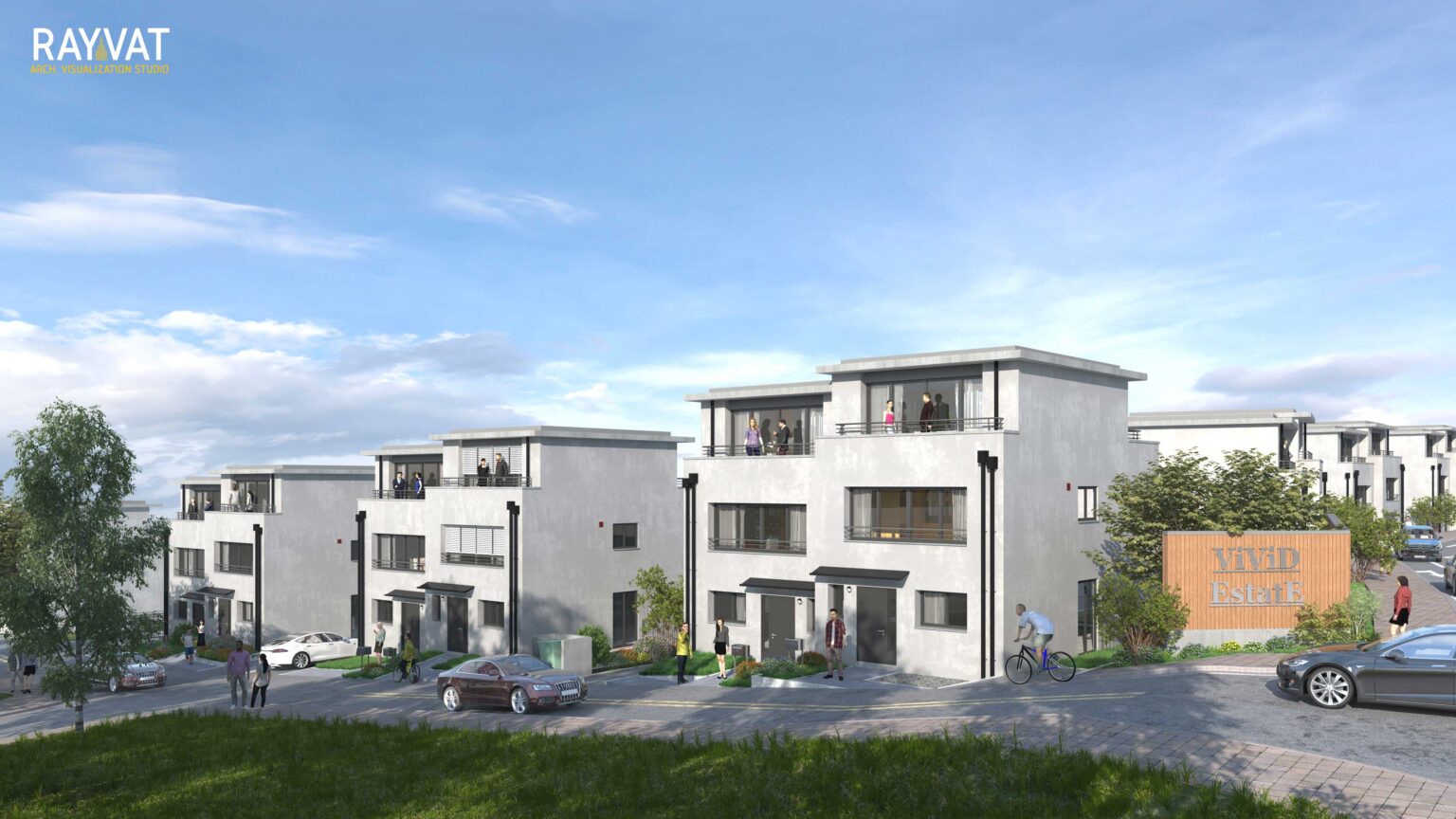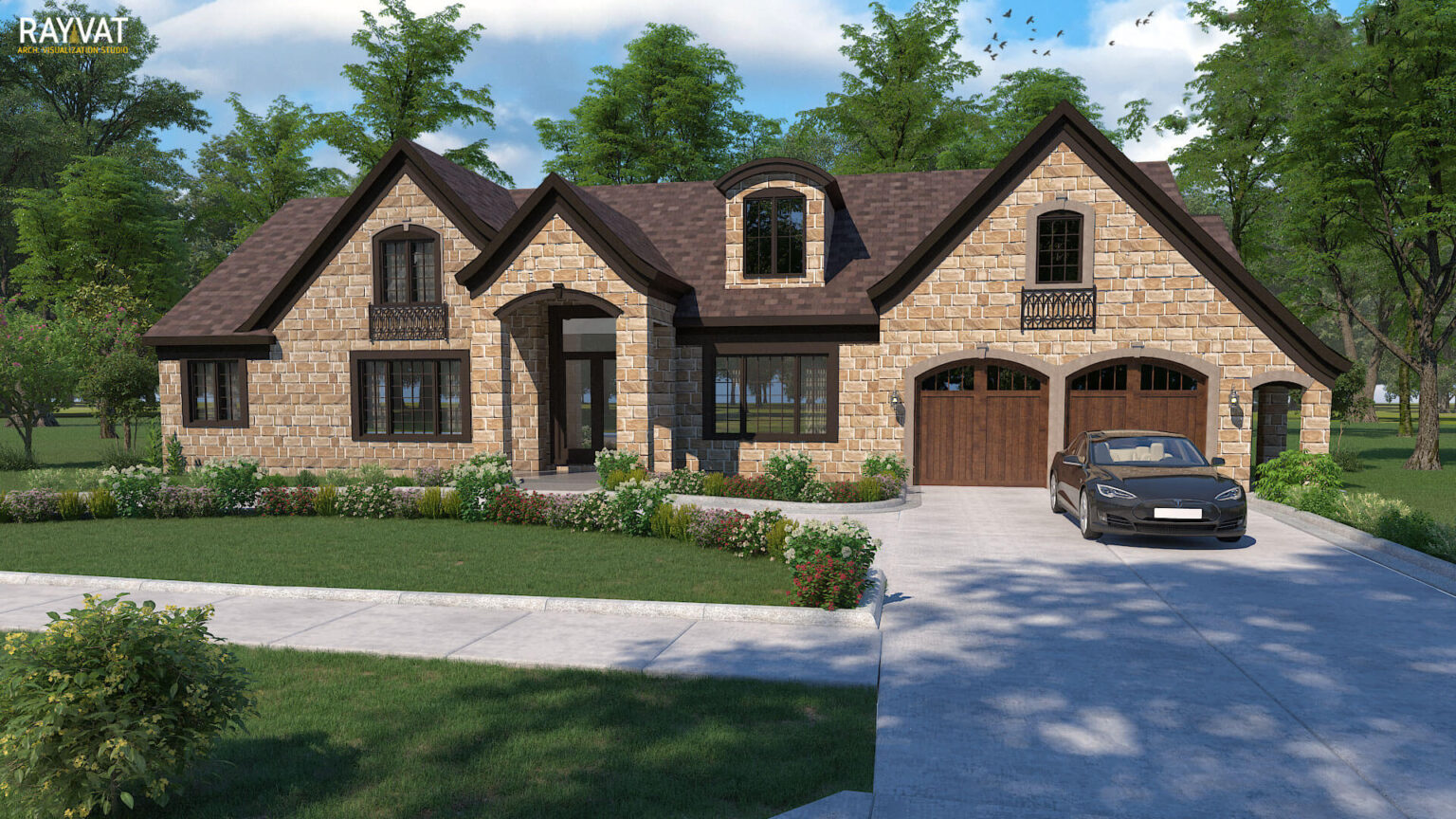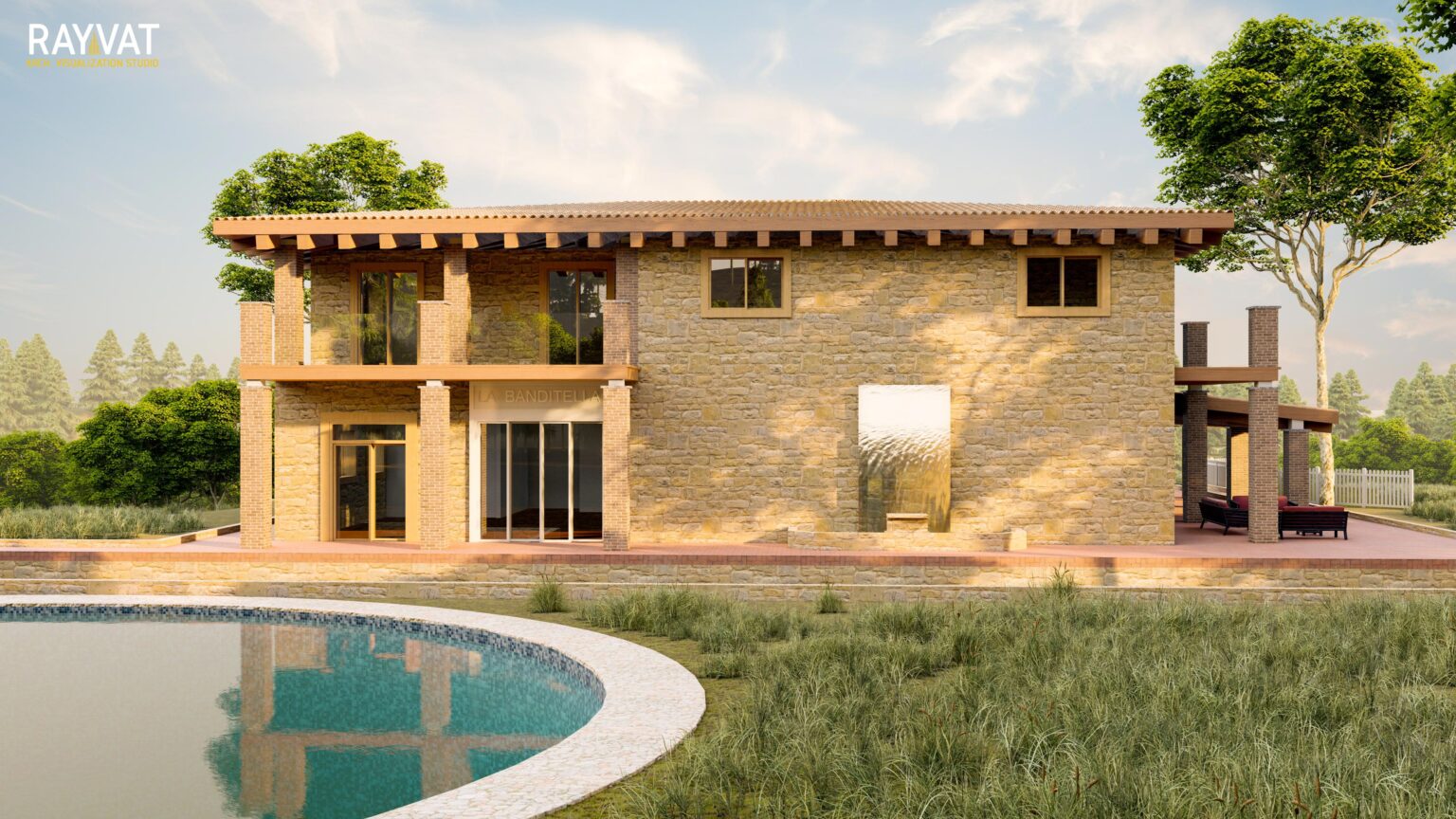
Avoid These Mistakes When Commissioning 3D Renders
As many architects will agree, 3D rendering is possibly the best thing that has happened to designers, since the advent of the internet! The speed at which advancements in the CGI industry are happening is unprecedented indeed, and today architectural visualizations are so advanced that they can show fine details of interior and exterior scale, finishes, materials, lighting and textures. Each of the stakeholders involved in the project can view the design from their individual perspectives and gain a clear understanding of the finished project, even before work has commenced at the site.
Architects may not always have in-house capabilities to bring photorealistic 3D renders to life, and resort to outsourcing 3D rendering services to get the expected results. These images can be used for presentations, discussions and marketing. However, the process is not all that clear cut and it’s not a simple matter of sending out 2D drawings and getting the 3D output you want. Effective communication, the right inputs and the proper feedback should be given as and when it is needed.
If you’re looking to commission a 3D architectural visualization, then you should avoid these 5 critical mistakes.
1. Ambiguity in explaining the goals

Many architects do not explain the end goals to the visualization artist at the outset. What are you going to use the images for— is it for a presentation, to add to your portfolio, or to use as a marketing tool? What are the highlights of the building which you would like to showcase? Where is your property located, and should the surroundings also be depicted?
If this information is not explained in detail while commissioning photo-realistic quality renders, you might not get the output you are seeking. Communicate your expectations and your vision clearly to avoid any ambiguity.
2. Failing to check the CGI artist’s portfolio before using their services

How do you choose the 3D artist who is going to work on your design? If you have worked with them before and know what to expect, that’s well and good. However, if you are commissioning a 3D render for the first time, do ensure that you have checked their portfolio and find it appeals to you. Pay close attention to the quality of visuals, including the depth of detail in the post-production of the images. If the images look fake and ‘staged’ then you should look for another service provider. A mark of professionalism and expertise is that you should not be able to tell whether it’s a 3D image, or a real photograph!
Again, you shouldn’t depend only on the portfolio to make your decision. There are thousands of 3D house design service providers, and each of them may be putting out only their best work on the internet. Always check with their previous clients. Have they delivered work on time? Who are their previous customers, and have they given them repeat contracts? How many specialists would work on one project at the same time? Online discussion forums could give you the answers you are seeking.
Finally, check out their pricing structure. If it’s too low, it could be due to their relative lack of experience in the field and you might be subject to some experimentation during their learning process. What are their methods of communication with clients? How much of feedback will you be allowed to give, and will they be willing to do one or two rounds of iterations without charging you extra? Narrow down your choices only after detailed discussions with the 3D visualization studio.
3. Working with a studio that does not maintain confidentiality

All the information that you are giving to the studio is very confidential, especially if you are working on a competition design. Make sure that you sign an NDA to avoid any breach of data. If they would like to use your design in their portfolio, ensure that it is not done without your permission, and that it is used only once the competition is closed and the contract has been awarded.
There are some other guarantees that they should be willing to give you. In case they do not give you the final outputs within the scheduled timelines, are they willing to give you a refund? Thoroughly research the contractor’s reliability and assurances before you enter into a contract with them.
4. Failing to give the correct inputs and references to the 3D rendering service providers

Without the correct inputs and references, 3D artists will not be able to bring your architectural design concepts to life. Critical contextual inputs about the ambience you are trying to create, the specifications of the materials and finishes that you plan to use and so on must be given at the outset, preferably in writing, so that there is no miscommunication.
For buildings that are already in the construction phase, send the site pictures to the artists in addition to the blueprints, as they can get a better visual of the detailing and the surroundings. If the project is as yet only on the drawing board, do send references of similar exteriors as well as detailed explanations, samples of the design style and ambience. This will go a long way toward helping them to correctly interpret your vision, and it will help to avoid rework which could prove costly in terms of time and money.
5. Not giving the correct feedback as expected

When someone else is working on your design, they will not be having the same mental image of the project that you do. At regular intervals you should check in with the artists, see the wire frame of the image that they are working on, and let them have your inputs and corrections if any. Reputed 3D visualization experts will have a CRM that allows 24*7 communication between the architects and 3D artists. The CRM will also save communication details and back up project milestones, helping you to keep track of the work progress. Online meetings and video conferences will allow sharing of images in real time, facilitating better communication even from a distance.
Corrections are inevitable, and the faster they are dealt with the better will be the results. If feedback from your side is delayed, it can result in a large chunk of the work having to be redone which will result in dissatisfaction all around. It must be noted here that too much interference in the process will have the opposite effect—that of delaying the completion of the 3D imagery, which you certainly do not want!
To sum up: When done right, CGI outsourcing is a boon to architects and designers. Stick to the right process and avoid these critical mistakes. Choose the 3D visualization service provider very carefully. Make sure that you get the right guarantees and ensure confidentiality of your data. Explain the end goals properly so that too many corrections can be avoided. Give all the architectural design references, material specs and site photos, if any. Do set the feedback cycle in place correctly, but also ensure that you do not interfere in their work too much.
Want to get your designs converted to 3D rendering images by the most reputed experts in the market? Head on over to Rayvat, the 3D outsourcing specialists, and get high quality CGIs for marketing, portfolios, and presentations!
For enquiries, Contact us today at +1-(888)-863-4445 or email us at engineering@rayvat.com or fill up a short enquiry form here.
